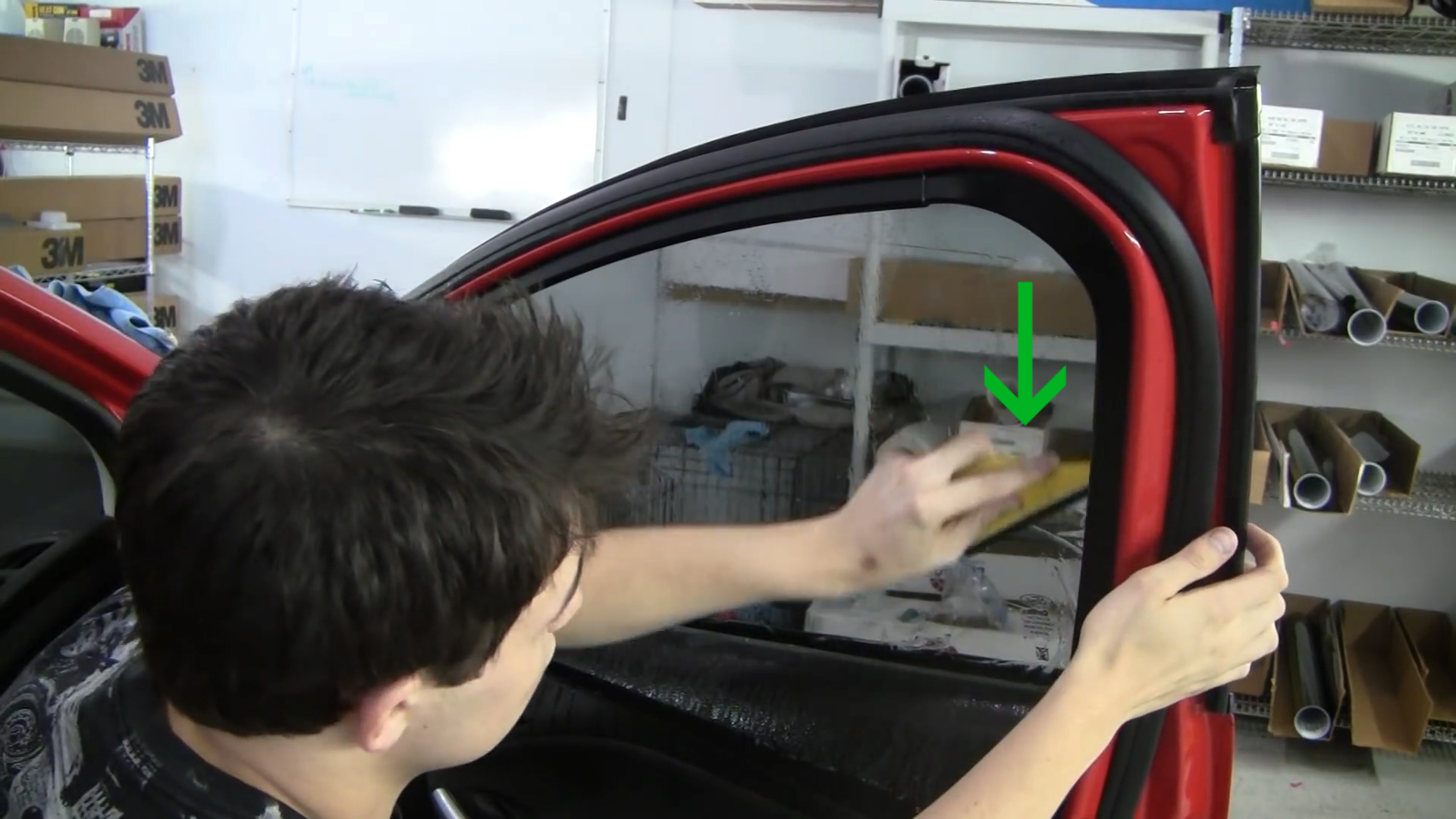Can You Use Automotive Tint on House Windows? Risks, Better Options, and How to Do It Right

Short Answer
You generally should not use automotive tint on house windows. Automotive films are engineered to absorb solar energy and conform to curved glass, while residential films are designed to reflect heat on flat insulated panes; using car tint on home glass can increase breakage risk and void warranties [1] .
Why Automotive Tint Is a Poor Fit for Homes
Although both automotive and residential films reduce glare and block UV radiation, their construction and performance differ in ways that matter for safety and longevity. Automotive films are formulated to absorb more solar energy and to be heat-shrunk to curved, tempered auto glass. Home windows are typically flat and often double- or triple-glazed insulating units. Applying a high-absorption, shrink-to-fit auto film to flat residential glass can create excessive thermal stress, which may lead to glass cracking or even shattering, particularly on certain glass types and orientations [1] .
Residential architectural films, by contrast, are designed to reflect a larger portion of solar heat while maintaining stable temperatures across the pane. They are manufactured to perform on flat glass and across varied window constructions. This design difference is a key reason installers recommend using the right film for the right application to avoid damage and performance issues [1] .

Source: territorytribute.com.au
Potential Risks of Using Automotive Tint Indoors
Thermal stress and glass breakage: When a film that absorbs heat is applied to an insulated or heat-sensitive home window, temperature differentials can spike. That stress can increase the likelihood of cracks, especially on larger panes and certain glass coatings. Industry guidance notes that the mismatch between auto film behavior and home glass can raise the risk of breakage [1] .
Warranty conflicts: Many window manufacturers restrict aftermarket modifications that change the thermal profile of the glass. If damage occurs after applying a non-recommended film, the original window warranty may be voided. Reputable architectural film makers typically provide residential-specific warranties to align with window warranties, underscoring that using the correct product matters for coverage [3] .
Installation issues: Auto films are engineered to shrink to curves and may not lay as stably on flat residential glass over time. Architectural films are produced with adhesives, metals, dyes, or ceramics tuned for flat-glass applications, indoor air exposure, and building code considerations [1] .
What Residential Window Film Offers Instead
Residential window films are purpose-built to improve comfort, protect interiors, and increase efficiency while reducing risks. Quality architectural films block up to about 99% of UV radiation, helping preserve furnishings and finishes and reducing UV exposure for occupants. This protective effect contributes to longer lifespans for flooring, textiles, and artwork, while maintaining natural light and outward views [2] [5] .
These films can also improve energy performance by reducing solar heat gain, which may lower cooling demand in warmer months. When correctly specified and installed, residential films support more stable indoor temperatures and can contribute to comfort and potential utility savings, especially on sun-exposed elevations [3] .
Some architectural films include security or safety layers that help hold shattered glass together during breakage, adding a measure of protection against accidents, storm-driven debris, or opportunistic intrusion. While they are not a substitute for robust glazing systems, the shard-retention benefit can reduce injury risk and slow forced entry, buying time to respond [2] [3] .
When You Might Consider Specialized Films
If your primary goal is privacy or glare reduction, an architectural film with an appropriate visible light transmission (VLT) and reflectance level is typically recommended. If your priority is impact resistance or shard retention, ask an installer about safety and security films designed for buildings. Industry discussion emphasizes that solutions proven for homes are not always appropriate for vehicles and vice versa-security films, for example, can hinder vehicle window operation but are commonly suggested for fixed residential glass where egress and roll-down needs differ [4] [3] .

Source: windowtintlaws.us
Step-by-Step: How to Choose the Right Home Window Film
1) Identify your goals. List priorities such as heat rejection, UV protection, glare control, daytime privacy, security, or aesthetics. For example, a south-facing living room with fading floors may call for a UV-blocking, spectrally selective or ceramic architectural film to cut heat while maintaining clarity [5] [2] .
2) Assess your glass. Note if windows are single-pane, double-pane (IGUs), low-E coated, tempered, or laminated. Film compatibility varies by glass type. Professional installers can measure glass and advise safe film-to-glass pairings to minimize thermal stress risk [3] [1] .
3) Select residential-grade films. Consider spectrally selective, ceramic, or dual-reflective architectural films that reflect heat and block UV while preserving visible light. Ask for performance specs like VLT, solar heat gain coefficient (SHGC), UV rejection, and visible reflectance, all provided by architectural film lines [1] [5] .
4) Confirm warranty and compliance. Before installation, check your window manufacturer’s warranty and obtain written film warranties that cover glass breakage and seal failure where offered. Many window makers limit coverage for aftermarket film; reputable film manufacturers and installers provide compatible warranties for residential use [3] .
5) Get a professional site assessment. A local, certified installer can test for existing coatings, measure glass thickness, and recommend safe films by elevation and exposure. Installers may vary film types by room to balance winter solar gain needs versus summer heat rejection, especially in mixed climates [3] [5] .
6) Prepare for installation day. Move furniture back from windows, remove blinds, and plan for curing time. Most residential films cure over days to weeks depending on film type and weather. Follow the installer’s care guidance for cleaning and inspection after curing [3] .
DIY vs. Professional Installation
DIY may be appealing for small, single-pane interior projects, but architectural films require precise cleaning, trimming, and handling to prevent contamination and edge lift. Professionals bring tools and experience for large panes, high windows, and IGUs, and they assume film-to-glass liability under their warranty. Many installers caution that misapplying automotive tint to home glass is a common DIY mistake with costly outcomes; using the correct residential film and technique reduces risks and protects warranties [1] [3] .
What Benefits Can You Expect with Proper Residential Film?
UV protection and interior preservation: Quality residential films commonly block up to 99% of UV rays, helping limit fading of furnishings and supporting occupant skin protection while allowing daylight in [2] [5] .
Comfort and potential energy savings: By reflecting a portion of solar heat, films can reduce cooling loads and hotspots, contributing to more stable indoor temperatures. In colder climates, a careful selection strategy may balance winter solar gain with summer rejection by using different films on different elevations [3] .
Safety and security: Safety and security films can help hold shards together upon breakage, reducing injury risk during accidents or storms and potentially slowing intrusion attempts. They are often paired with appropriate attachment systems in higher-risk applications for improved performance on fixed residential glass [2] [3] .
Action Plan: If You Were Considering Automotive Tint on Home Windows
Instead of auto tint, you can: 1) List your goals (privacy, UV, glare, heat). 2) Note glass types and rooms. 3) Consult a certified residential film installer for a site survey and recommendations. 4) Request film samples with performance specs and written warranties. 5) Compare proposals that specify film series and VLT/SHGC data. 6) Schedule installation with documented coverage for glass breakage/seal failure where applicable [3] [1] .
If you still plan a DIY route, consider this safer alternative: Use a residential, manufacturer-labeled flat-glass film with published specs and application instructions for IGUs. Avoid automotive products. Test a small, low-risk pane first, monitor for distortion or thermal stress, and keep manufacturer documentation for any warranty claims. If uncertain, defer to a professional evaluation to avoid damage risks and potential voided window warranties [3] [1] .
Key Takeaways
– Using automotive tint on house windows is not recommended due to thermal absorption, stress, and installation incompatibilities with flat insulated glass [1] . – Residential window films offer UV protection, comfort, and potential energy benefits, and can include safety/security features suitable for homes [2] [3] [5] . – Check window warranties and use residential-grade films with documented performance and coverage, ideally installed by certified professionals [3] .
References
[1] Auto Image (n.d.). Comparing Residential Window Film to Car Window Tint. [2] Sun Stoppers (2025). How Window Tinting Adds an Extra Layer of Security to Your Home. [3] Campbell Window Film (2019). The Pros and Cons of Tinted House Windows. [4] Green Valley Tint (2023). Why Security Film Is Not The Best Choice for Your Vehicle. [5] Midwest Tinting (2023). House Window Tint – Useful Benefits.






